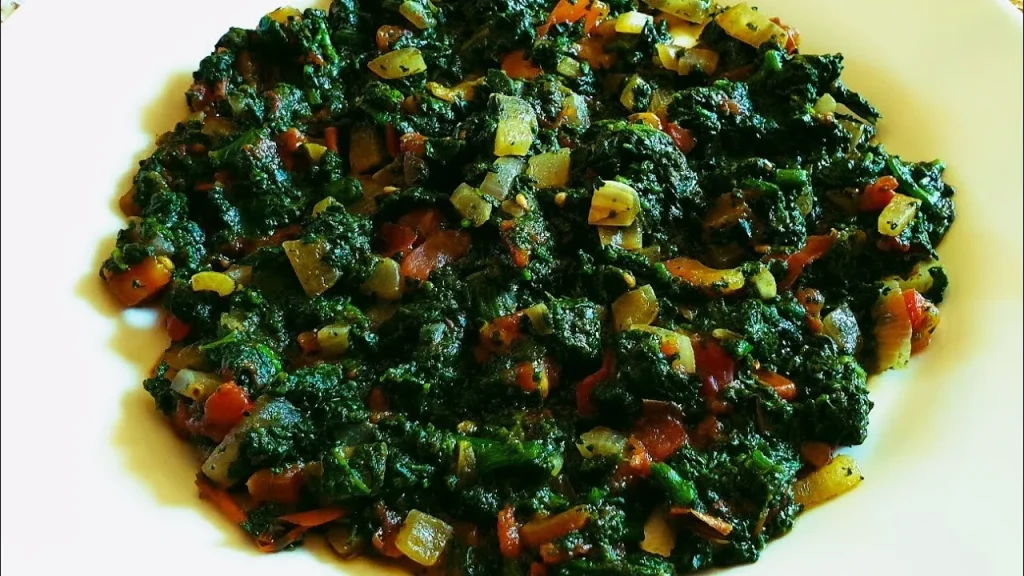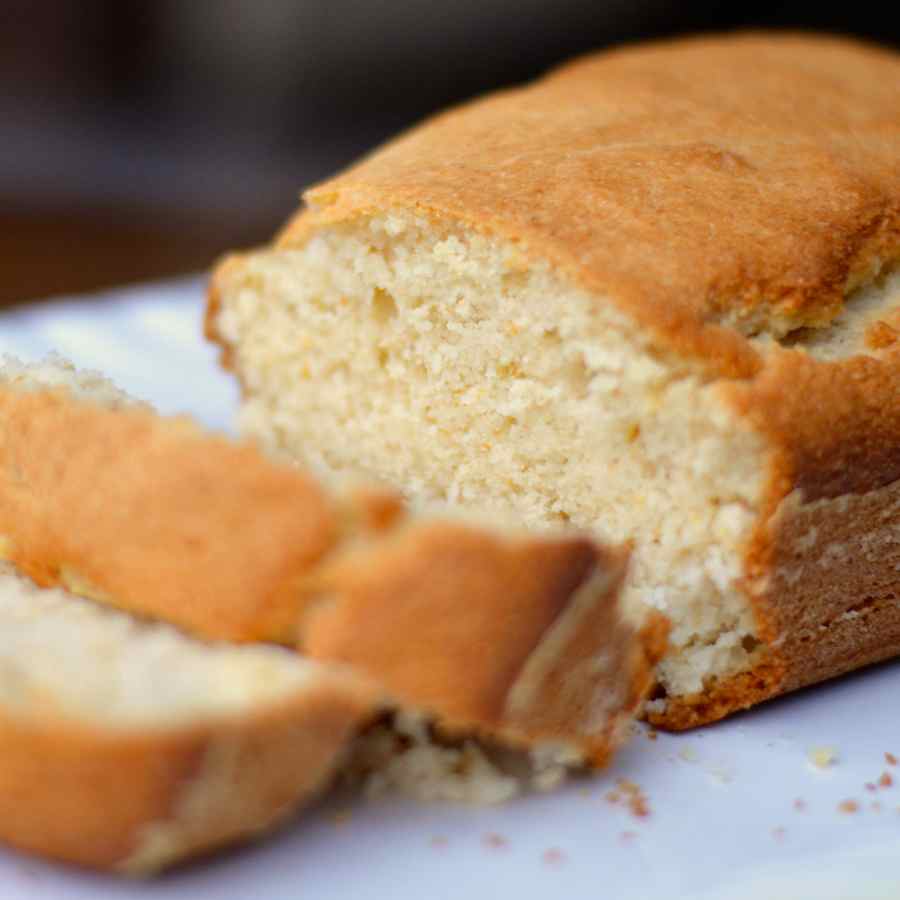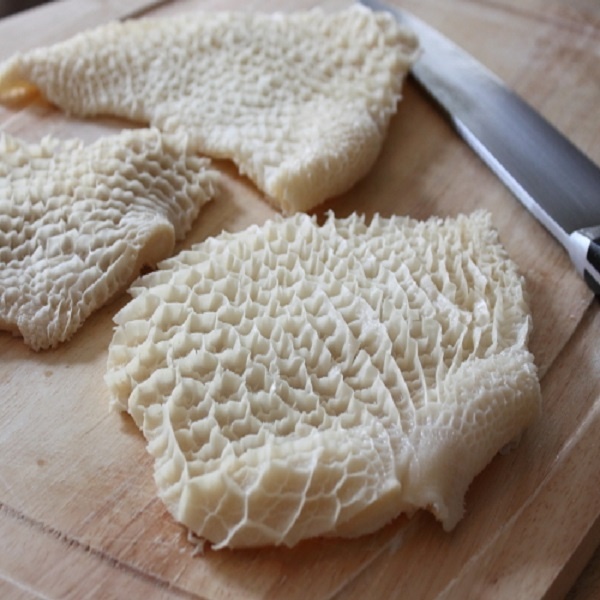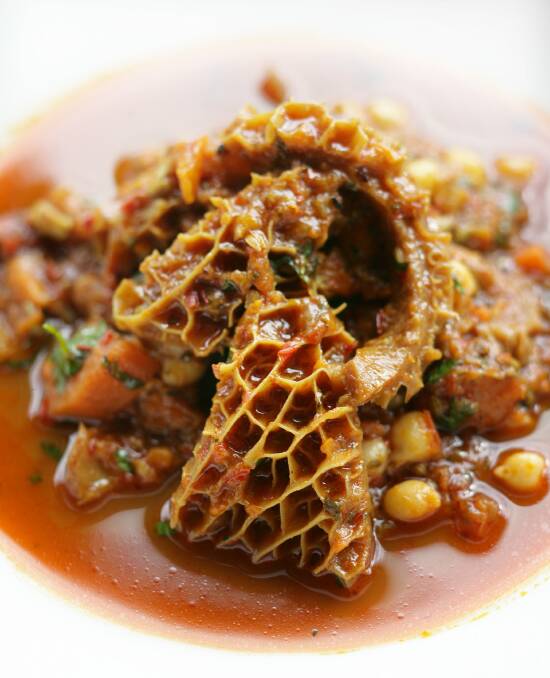Zimbabwean Culinary Classics: Mufushwa, Mupotohayi (Chimodho), and Maguru Stew Recipes
Description:
Mufushwa is a traditional Zimbabwean dish made from pumpkin leaves (known as mufushwa in Shona). This nutritious and flavorful dish is a staple in Zimbabwean cuisine and is enjoyed as a side dish or as a main meal when paired with sadza or rice. It’s easy to prepare and bursting with Zimbabwean flavors.
Ingredients:
- 1 bunch of pumpkin leaves (mufushwa)
- 1 onion, finely chopped
- 2 tomatoes, chopped
- 2 tablespoons cooking oil
- Salt to taste
- Water for boiling

Instructions:
- Prepare the Pumpkin Leaves: Wash the pumpkin leaves thoroughly under running water to remove any dirt or debris. Remove the tough stems and chop the leaves into bite-sized pieces.
- Boil the Pumpkin Leaves: In a large pot, bring water to a boil. Add the chopped pumpkin leaves and cook for about 5-7 minutes or until tender. Drain the cooked leaves and set them aside.
- Sauté the Onions: Heat the cooking oil in a frying pan over medium heat. Add the finely chopped onion and sauté until soft and translucent.
- Add the Tomatoes: Once the onions are cooked, add the chopped tomatoes to the pan. Cook until the tomatoes are softened and begin to break down, stirring occasionally.
- Combine Ingredients: Add the cooked pumpkin leaves to the pan with the sautéed onions and tomatoes. Stir well to combine all the ingredients.
- Season: Season the mufushwa with salt to taste, adjusting the seasoning as needed.
- Simmer: Reduce the heat to low and let the mufushwa simmer for another 5-10 minutes, allowing the flavors to meld together.
- Serve: Once the mufushwa is heated through and well-seasoned, remove it from the heat. Serve hot as a side dish or as a main meal with sadza or rice.
Tips:
- You can customize this recipe by adding additional ingredients such as garlic, chili peppers, or groundnut powder for extra flavor.
- Make sure to wash the pumpkin leaves thoroughly to remove any dirt or pesticides before cooking.
- Adjust the cooking time according to the tenderness of the pumpkin leaves, as younger leaves may cook faster than mature ones.

Conclusion:
Mufushwa is a simple yet delicious Zimbabwean dish that celebrates the flavors of locally grown pumpkin leaves. With its vibrant colors and nutritious ingredients, this dish is not only a delight to the palate but also a nourishing addition to any meal. Try making mufushwa at home and savor the taste of Zimbabwean tradition with every bite. Enjoy!
Zimbabwean Mupotohayi (Chimodho) Corn Bread Recipe
Description:
Mupotohayi, also known as Chimodho, is a traditional cornmeal bread enjoyed in Zimbabwe. Whether served plain, buttered, or with jam or marmalade, this simple yet flavorful bread is a favorite among many. While it may require an acquired taste for some, its ease of preparation and delightful taste make it a cherished part of Zimbabwean cuisine.
Ingredients:
- 250ml buttermilk or sour milk
- 90ml oil
- 1 egg
- 180g cornmeal (mealie-meal)
- 170g plain flour
- 1 tsp baking powder
- 1/2 tsp bicarbonate of soda
- 1/2 tsp salt
- 100g sugar

Instructions:
- Preheat the Oven: Preheat your oven to 180°C (350°F) or Gas Mark 5.
- Prepare Wet Ingredients: In a jug, combine the buttermilk or sour milk, oil, and egg. Whisk the mixture together and set it aside.
- Mix Dry Ingredients: In a bowl, sift together the cornmeal, plain flour, baking powder, bicarbonate of soda, salt, and sugar. Stir to combine.
- Combine Wet and Dry Ingredients: Make a well in the center of the dry ingredients and pour in the wet mixture. Mix well until all the ingredients are fully combined and you have a smooth batter.
- Prepare Baking Tin: Grease a baking tin and dust it with flour to prevent sticking.
- Bake: Pour the batter into the prepared baking tin and spread it evenly. Place the tin in the preheated oven and bake for about 45 minutes, or until a skewer inserted into the center comes out clean.
- Cool and Serve: Once baked, remove the mupotohayi from the oven and allow it to cool slightly in the tin before transferring it to a wire rack to cool completely. Slice and serve as desired.

Notes:
- Mupotohayi can be enjoyed on its own or with various toppings such as butter, jam, or marmalade.
- Feel free to adjust the sweetness according to your preference by adding more or less sugar.
- This recipe yields a delicious cornmeal bread with a moist and tender crumb. Enjoy the taste of Zimbabwean tradition with every bite!
Conclusion:
With its straightforward preparation and delightful flavor, Mupotohayi (Chimodho) holds a special place in Zimbabwean cuisine. Whether enjoyed for breakfast, as a snack, or with a meal, this classic cornmeal bread offers comfort and satisfaction to all who indulge in it. Give this recipe a try and experience the authentic taste
Traditional Zimbabwean Recipe – Maguru Stew (Tripe)
Tripe is the edible muscle walls of the stomachs of ruminant animals such as cows, buffalo, and sheep. These animals have multiple stomach chambers to properly digest their food, and tripe comes from the lining of these chambers.
Considered an edible byproduct of animal slaughter, tripe is sold for human consumption in various cultures around the world. It is commonly used in dishes like stews, soups, and sausages.
Beef tripe is the most commonly eaten variety and is classified into four types based on which stomach chamber it comes from:
- Blanket or flat tripe: This type is made from the first stomach chamber of cows and has a smooth texture. It is considered the least desirable.
- Honeycomb tripe: Derived from the second stomach chamber, this variety resembles a honeycomb and is more tender than blanket tripe. It has a more palatable flavor.
- Omasum or book tripe: Coming from the third stomach chamber, this type is a mix between blanket and honeycomb tripe.
- Abomasum or reed tripe: This variety is from the fourth stomach chamber and has a taste that varies from strong to mild.

Tripe has a chewy texture and a mild taste, often taking on the flavor of the ingredients it’s cooked with. It is commonly cooked using moist heat methods such as boiling or stewing.
While tripe is consumed in various culinary traditions, it is not as popular as other organ meats like liver, kidney, and heart. Nonetheless, it remains a staple ingredient in many traditional dishes around the world.
Ingredients:
- 500g maguru (tripe)
- 1/2 onion, chopped
- 1 1/2 tomatoes, chopped
- 2 cloves garlic, minced
- 1 tsp fresh ginger, minced
- 1 tbsp soup powder
- 1 liter water
- 1/2 tsp salt
- 1/2 tsp ground black pepper
- 2 tbsp tomato sauce
- 1 tsp curry powder
- Oil for frying

Instructions:
- Preparation: Thoroughly wash the maguru in warm water, ensuring to remove any excess fat. Cut the tripe into pieces and place them in a pot. Add water and salt, then partly cover the pot and bring it to a boil.
- Simmer: Once boiling, reduce the heat to the lowest setting on your stove. Cover the pot completely and let the maguru simmer overnight or for approximately 7.5 hours. This slow cooking method helps tenderize the tripe and enhances its flavor.
- Add Aromatics: After the cooking time has elapsed, add the minced garlic and ginger to the pot. Drizzle some frying oil and stir to combine. Then, add the ground black pepper and curry powder, stirring to incorporate the spices.
- Tomatoes and Sauce: Add the chopped onions and tomatoes to the pot, stirring well to distribute them evenly. Pour in the tomato sauce and allow the tomatoes to cook down for about 2 minutes until softened.
- Soup Powder: Sprinkle the soup powder over the mixture, then pour cold water directly onto the soup powder to prevent it from forming lumps. Cover the pot and let it simmer for an additional 5 minutes to allow the flavors to meld together.
- Serve: Once the maguru stew is done simmering, remove it from the heat. Serve hot as a main dish, accompanied by sadza or rice, for a hearty Zimbabwean meal.

Enjoy this traditional maguru stew, rich in flavor and cultural heritage, with your loved ones!
Related Reading Zimbabwean Mushroom Magic: Nhedzi Soup, Mutakura, and Fried Button Mushroom Recipes
